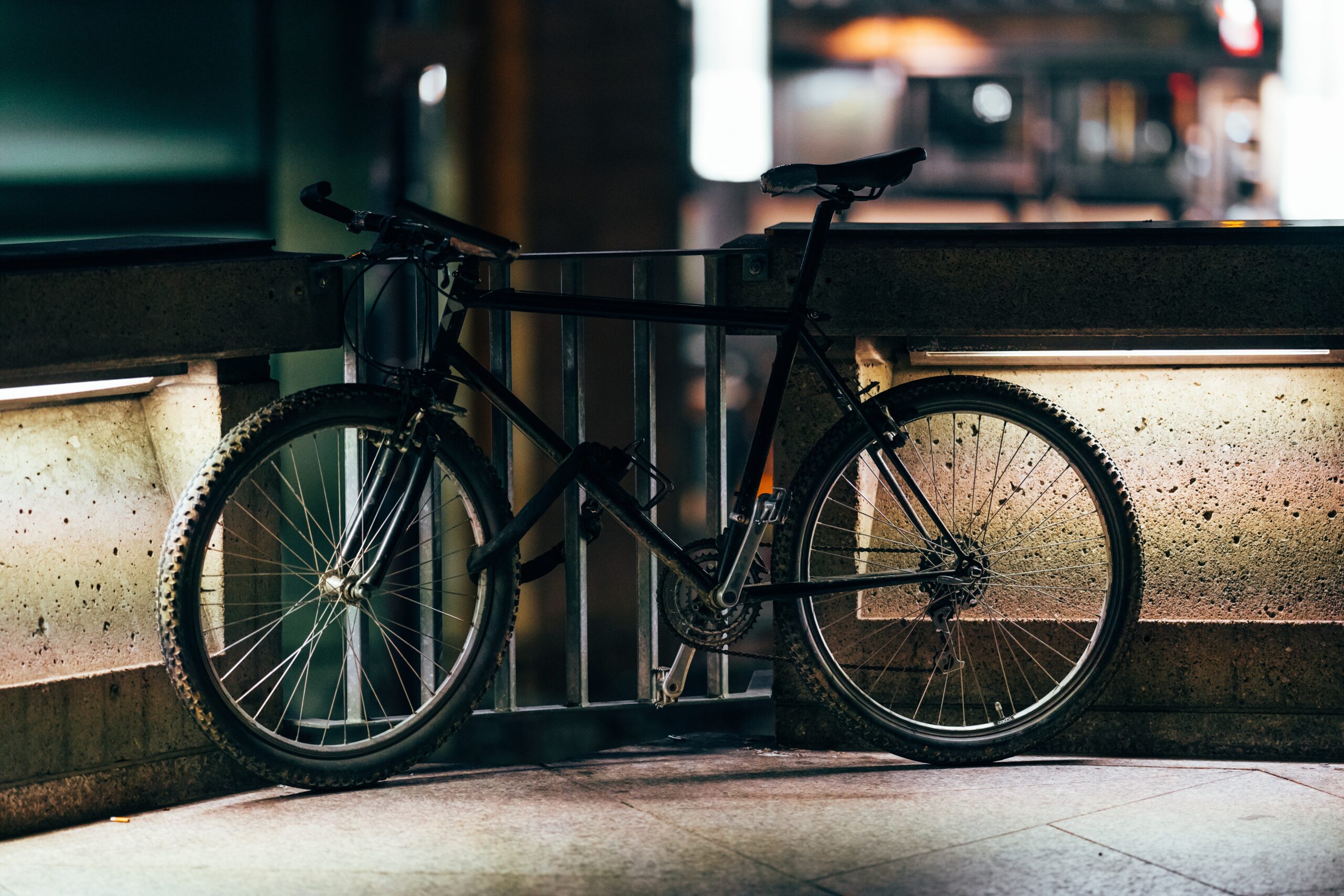Many people often ask how does the bicycle affect the economy. The significant spiritual impacts of cycling and bicycle tourism are been made on a global and regional scale. The studies and surveys of the economic impact of trail and bicycle tourism that some states have commissioned are stated below even though the research techniques vary, they all show measurable economic benefits that can be leveraged to increase support for bicycle tourism.
The independence of biking around unfamiliar places is unmatched. People can experience a location’s history, scenery, and personality up close by cycling through it. while promoting neighborhood businesses and preventing more traffic congestion healthily and actively. The UK economy gains significantly from bicycle tourism, with small enterprises in rural regions benefiting especially.
This article compiles pertinent data and statistics on the economic impact of bicycle tourism across the UK to assist local governments and tourism businesses determine which marketing strategies are most effective in luring cyclists and boosting local economies. A few little actions can have a significant impact.
Due to the slow speed of bicycle travel and the frequent need for services like food and lodging, bicycle tourism is a type of eco-tourism that benefits local communities, companies, and economies. Bike tourists can spend up to 40% more money and stay in a place longer than the average motorized tourist.
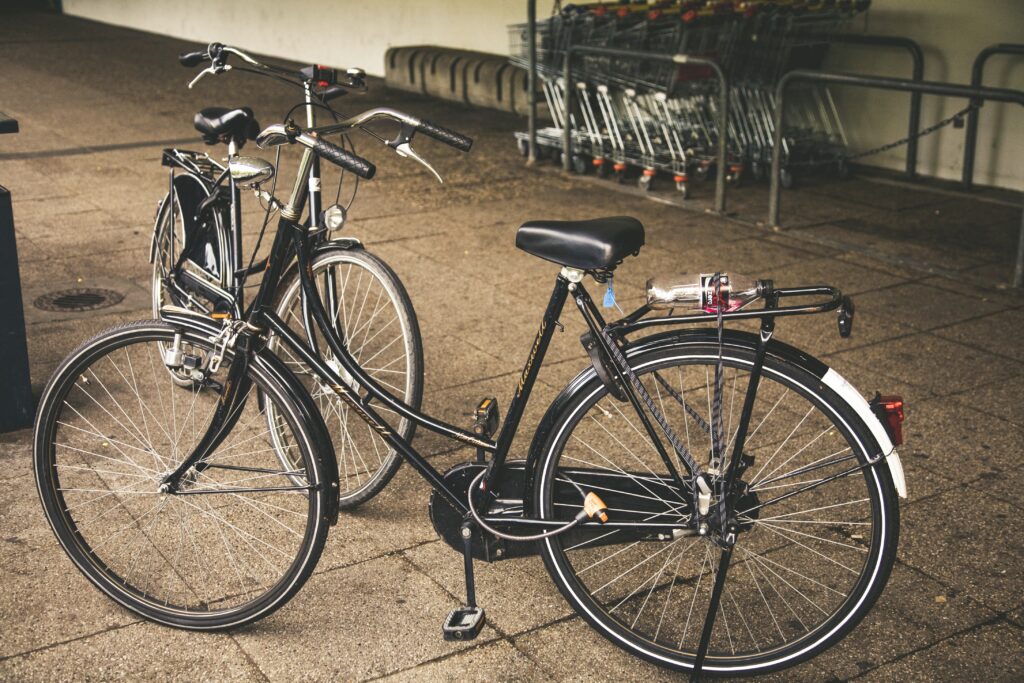
According to a recent report by the Outdoor Industry Association, bicycle tourism is becoming more and more popular, and bicycle tourism generates $83 billion in annual spending in the United States. In many of California’s underdeveloped rural towns, bicycle tourism offers a chance for the economic impact that supports locally-owned businesses and keeps the profits in the local community.
A business is concentrating on a fascinating initiative to make use of the fantastic opportunity for bike tourism in the town to strengthen the economies of the area’s underdeveloped villages. We want to make the roads safer for cyclists while also assisting the economy to create jobs and bring down the region’s unemployment rate, which is currently five percentage points higher than the state average.
1. The unofficial economy of pedestrian sales
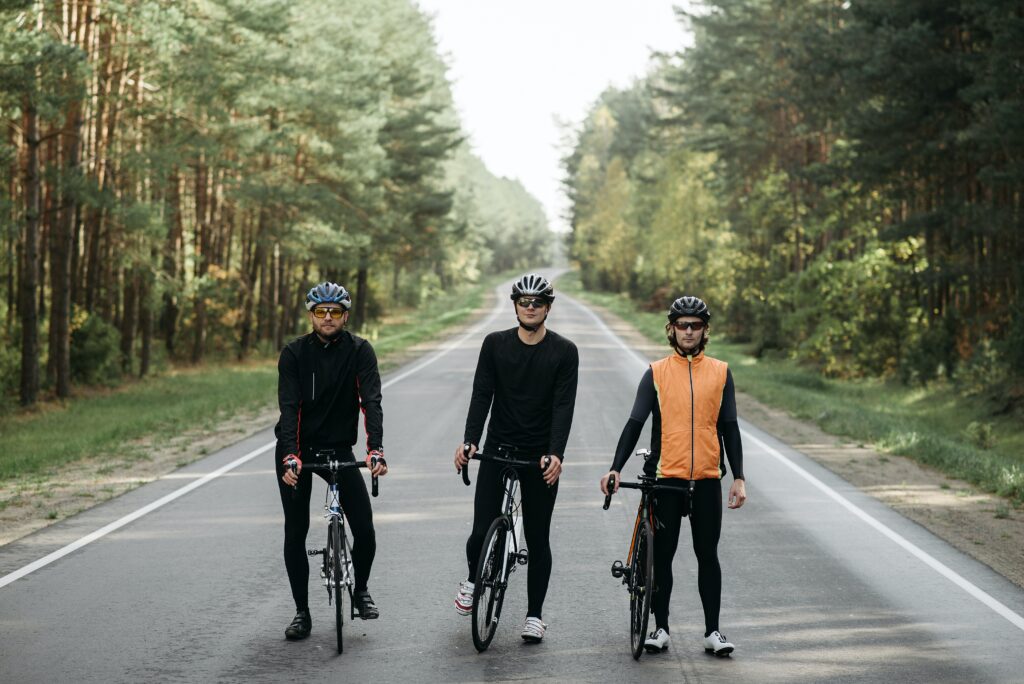
Infrastructure and accessibility for bicycles, especially traditional and electric cargo bikes and tricycles that can hold large, heavy goods, are beneficial to the street vending industry in cities where it is prevalent. There are typically more street vendors in areas where trading accounts for a sizable portion of the economy, even though it is difficult to estimate the size of informal vending sectors or the amount of economic contribution they make to local and national economies.
2. Improved delivery logistics on a local level
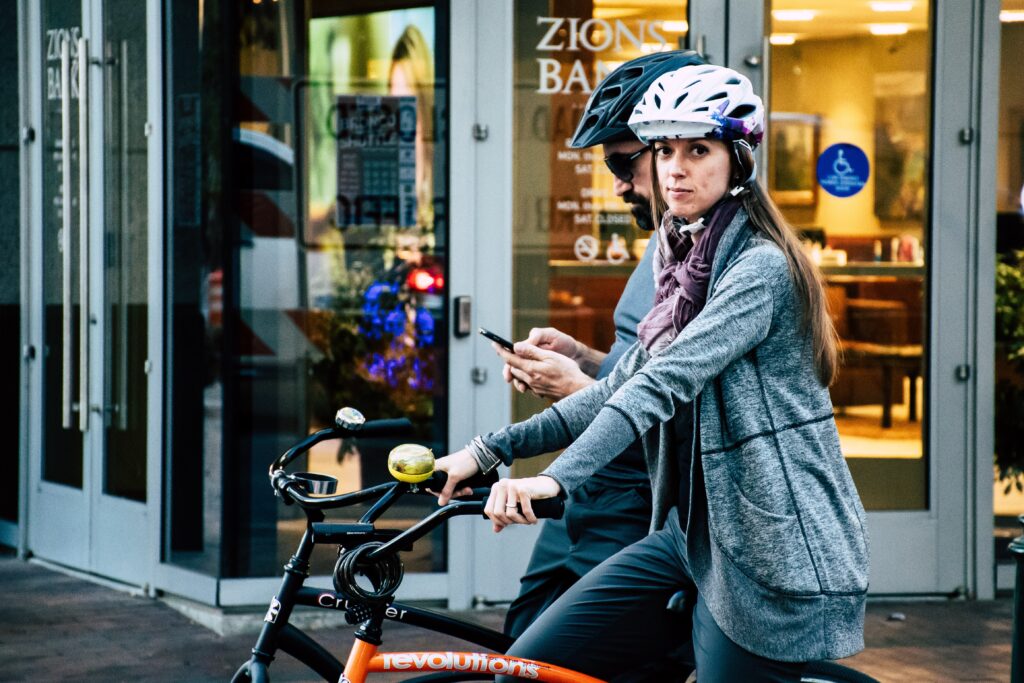
While lowering emissions and addressing concerns about road safety raised by large, fossil fuel-powered delivery vehicles, improving cycle infrastructure can support and increase viability for local goods delivery. Trucks or vans are frequently used for local deliveries, which unfairly adds to traffic congestion, air pollution, and dangerous streets for pedestrians and cyclists. Urban freight transportation’s “last mile” frequently has the greatest delivery charges and is when shipment delays are most common.
In densely populated cities, e-bikes and cargo bikes—with or without electric pedal assistance—are becoming more and more common as alternatives to delivery vehicles for both high-volume (such as mail and major commercial deliveries) and low-volume (such as food or small goods deliveries).
3. Access to more retail sales for businesses
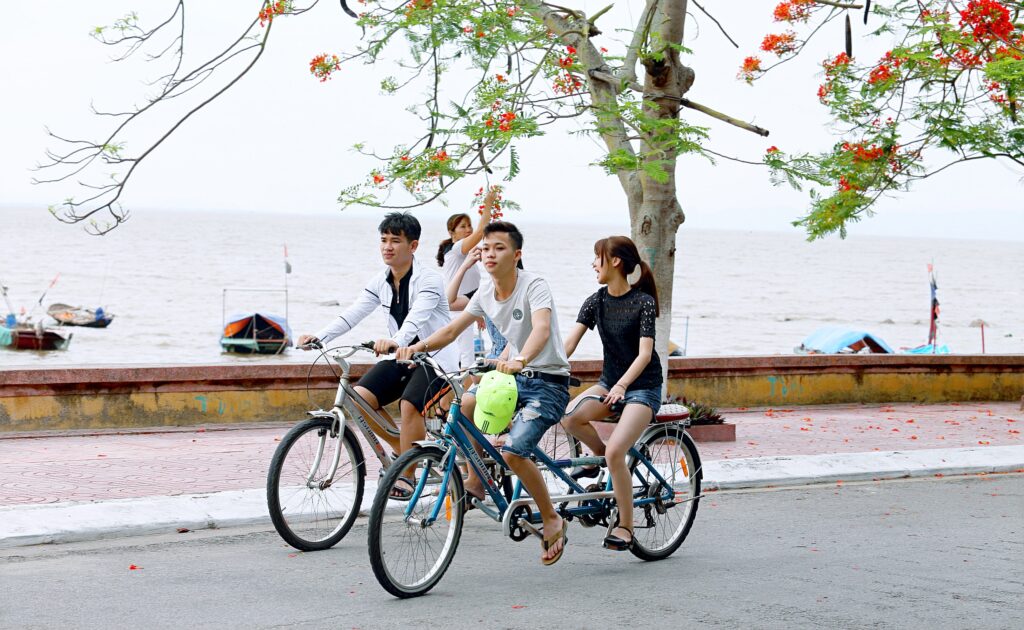
Compared to drivers, pedestrians, and bikers spend more money each month, particularly at restaurants Compared to drivers, bikers have been found to spend more money per trip and go out to eat more frequently. Shared e-scooter programs in cities have been associated with statistically significant increases in impulsive spending by users at nearby quick-serve restaurants and establishments that offer food and beverages (at a rate of more than $900 per e-scooter) This runs counter to the Belial business owner’s belief that most sales come from clients who drive (and park near to) the establishments.
4. Increases property values and governmental income
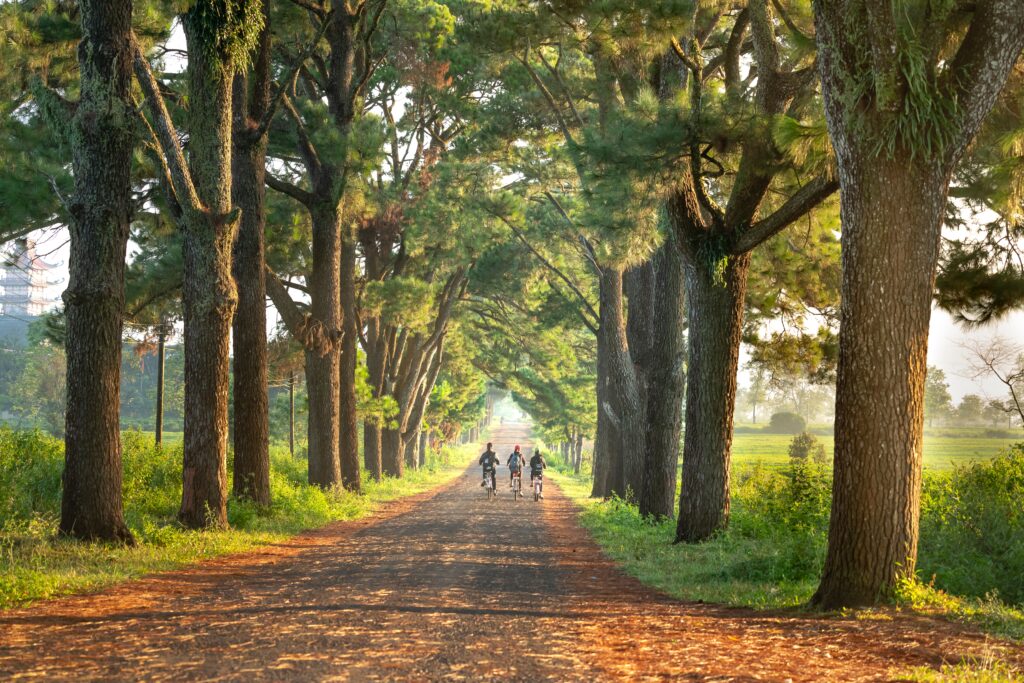
The value of residential properties has been used to indicate preferences for parks and green space, demonstrating that present and potential homeowners are often ready to pay extra to live close to these advantages.
Similar evidence supports the impact of bicycle infrastructure on property values in urban districts. Homeowners benefit from this because it raises the value of their residence, but it also more money from property taxes for cities, which is advantageous and supports public services such as sewage, water, and education. Nevertheless, rising property value is one of the economic impacts of bicycle tourism in America.
5. Financial savings from fewer cars Infrastructure
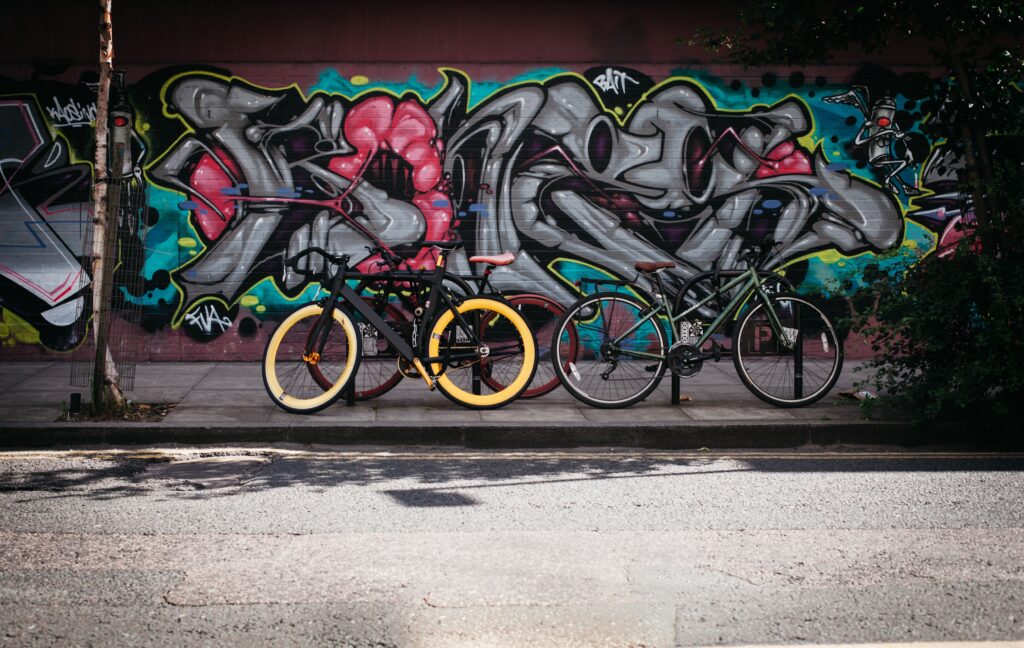
Parking garages, surface parking lots, traffic signals, and other car-specific infrastructure provide building and maintenance expenses as well as social costs, such as sprawl. The budget can be used for other purposes when it is not essential to construct and maintain new roads, parking lots, and infrastructure-supporting ring vehicles.
6. Savings from reduced emissions of greenhouse gases
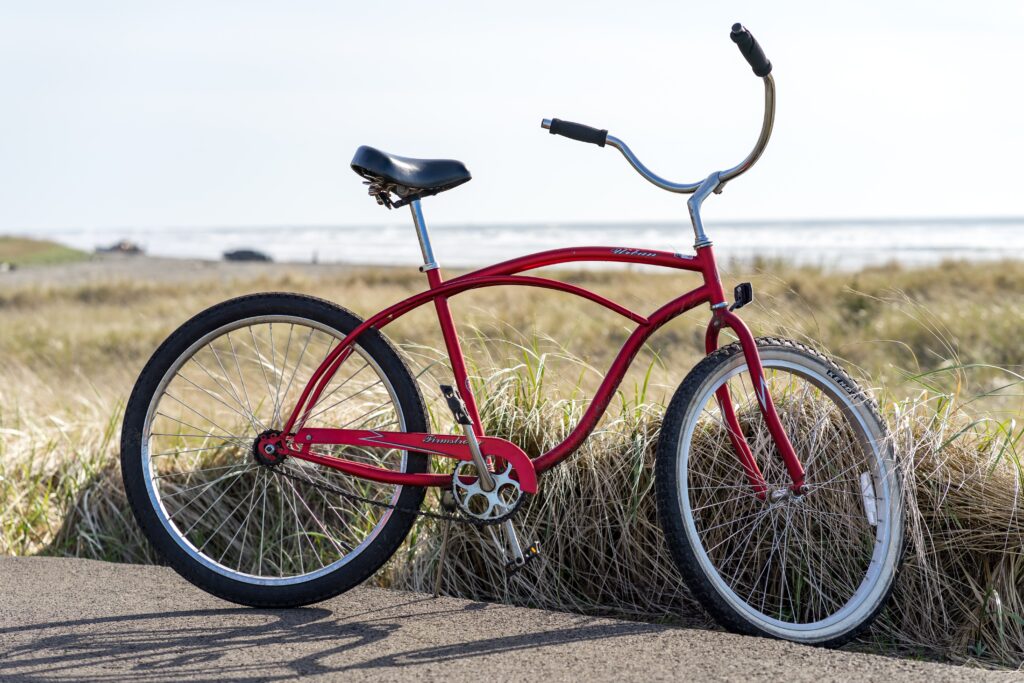
By 2050, cycling, including the usage of e-bikes, might perhaps climb from its present 5% proportion of urban passenger trips to 18%. This rise would cut CO2-equivalent emissions by nearly two gigatonnes yearly, which is more than half of the sector’s emissions in 2015, together with comparable increases in walking and public transportation.19 This reduction would be priced at the current global societal cost of carbon.

